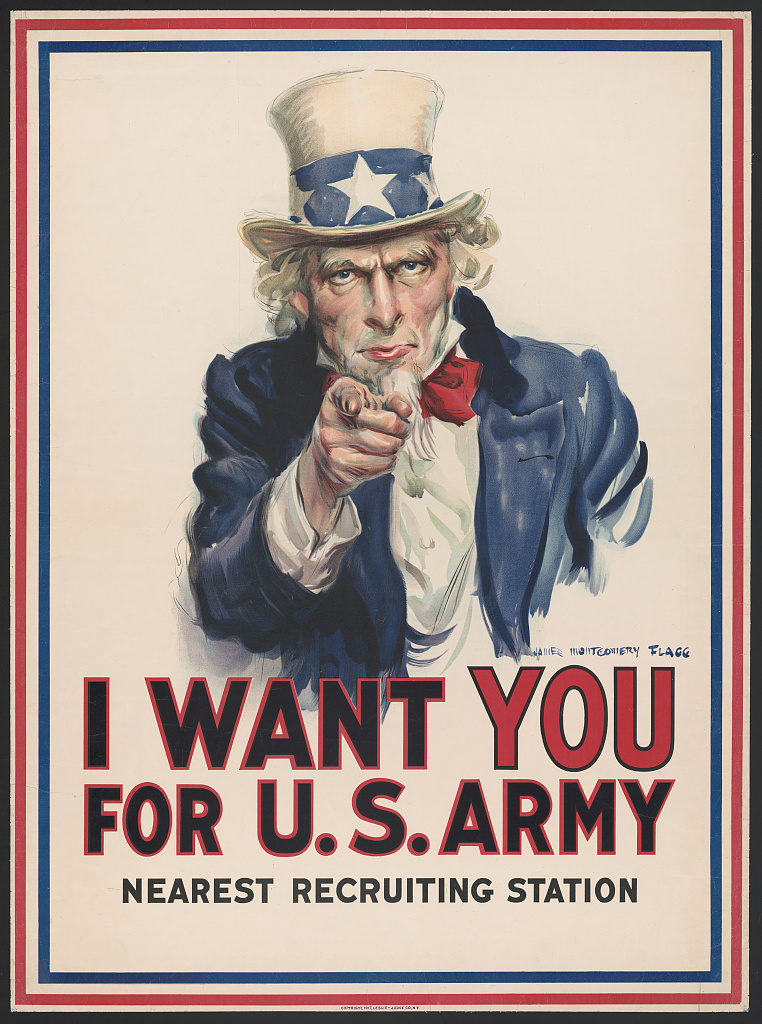- About MAA
- Membership
- MAA Publications
- Periodicals
- Blogs
- MAA Book Series
- MAA Press (an imprint of the AMS)
- MAA Notes
- MAA Reviews
- Mathematical Communication
- Information for Libraries
- Author Resources
- Advertise with MAA
- Meetings
- Competitions
- Programs
- Communities
- MAA Sections
- SIGMAA
- MAA Connect
- Students
- MAA Awards
- Awards Booklets
- Writing Awards
- Teaching Awards
- Service Awards
- Research Awards
- Lecture Awards
- Putnam Competition Individual and Team Winners
- D. E. Shaw Group AMC 8 Awards & Certificates
- Maryam Mirzakhani AMC 10 A Awards & Certificates
- Two Sigma AMC 10 B Awards & Certificates
- Jane Street AMC 12 A Awards & Certificates
- Akamai AMC 12 B Awards & Certificates
- High School Teachers
- News
You are here
Teaching Mathematics with Ephemera: Introduction
By "ephemera," archivists and historians mean historical printed documents that were intended for temporary use, such as:
- advertisements,
- posters,
- pamphlets,
- broadsides,
- speeches,
- trading cards,
- greeting cards,
- instruction manuals,
- sheet music,
- performance or sporting event tickets and programs,
- calendars,
- invitations, and
- paper games and toys.
Even though the long-term survival of such items is often accidental, this category of primary source has proved invaluable for cultural and social historians by providing insights into the everyday events and values of different times and places. Ephemera even boast at least one scholarly organization: The Ephemera Society of America. In large part because these materials are often colorful and engaging, schoolteachers and undergraduate history professors frequently appeal to them for classroom activities and illustrations.

One of the most famous pieces of historical ephemera in the United States is J. M. Flagg's 1917 recruiting poster featuring Uncle Sam. Library of Congress image number LC-DIG-ppmsc-03521. No known restrictions on publication.
Mathematics has a tradition of ephemera dating back to at least the 15th century. These items are displayed in museum exhibitions and appear in history of mathematics monographs, but they can also be adapted for K–16 teaching. Indeed, mathematical ephemera already are featured in a number of MAA Convergence articles and Mathematical Treasures, including:
- Mathematical Treasure: Arbuthnot on Usefulness of Mathematics
- Mathematical Treasure: Cort's Arithmetica and Geometria
- Mathematical Treasure: Letter and Visiting Card of Augustus De Morgan
- Mathematical Treasure: A Number Line Owned by Andrew Gleason
This article will provide advice and resources for the historical analysis of ephemera, suggest some online locations instructors can search for mathematical ephemera, and evaluate an example of ephemera from the author's ongoing research into the life and career of John Playfair (1748–1819), Joint Professor of Mathematics and then Professor of Natural Philosophy at the University of Edinburgh. His 1793 pamphlet, Prospectus of a Course of Lectures on Some of the Practical Parts of the Mathematics, is not visually stunning, but an analysis of its contents sheds some light on mathematical priorities in Western Europe at the end of the 18th century.
Amy Ackerberg-Hastings (Independent Scholar), "Teaching Mathematics with Ephemera: Introduction," Convergence (April 2019)




